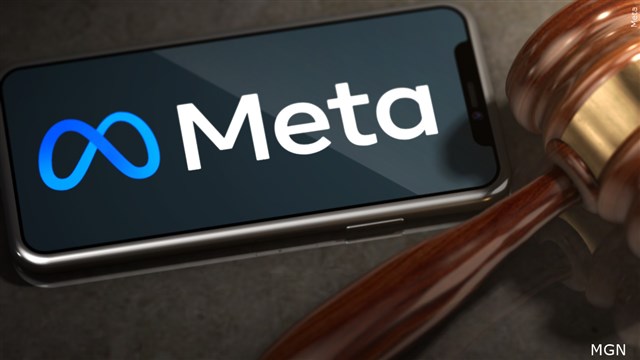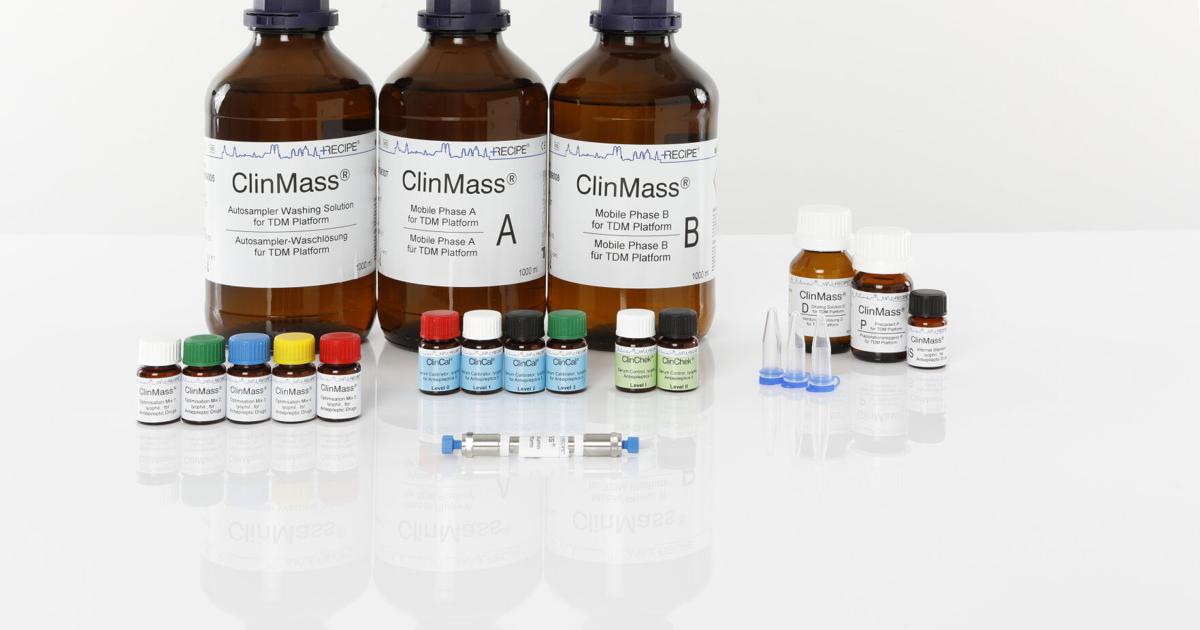BILLERICA, Mass.–(BUSINESS WIRE)–Jun 3, 2025–
Bruker Corporation (NASDAQ: BRKR) today announced that its Applied Mass Spectrometry (Applied MS) division will present a powerful lineup of innovations at the 73rd American Society for Mass Spectrometry (ASMS) Conference, taking place June 1–5, 2025, in Baltimore, Maryland. These developments reflect Bruker’s continued investment in applied markets, particularly in therapeutic drug monitoring (TDM), drugs of abuse (DoA) analysis and environmental analysis.
This press release features multimedia. View the full release here: https://www.businesswire.com/news/home/20250603080303/en/
RECIPE kits for clinical laboratories
Bruker Applied MS will showcase two significant innovations: the integration of RECIPE’s ClinMass ® and ClinDART ® assay kits with Bruker’s EVOQ ® DART-TQ⁺ system for TDM and DoA applications, and the launch of the new timsMetabo™ platform for advanced small molecule analysis. These developments support Bruker’s goal of delivering practical, high-performance solutions for routine analytical challenges.
Bruker’s recent majority investment in RECIPE, a renowned manufacturer of diagnostic assays for small molecule analysis used with triple quadrupole mass spectrometers, marks an important step in expanding its capabilities in TDM and DoA analysis. Since the acquisition, Bruker and RECIPE have collaborated to verify the IVDR certified ClinMASS ® kits for use on the EVOQ DART-TQ⁺ system, initially targeting high-priority compound classes. They are not US-FDA approved, but single compounds as controls and calibrators may be a basis in LDT approaches. In parallel, the companies are preparing the launch of RECIPE’s ClinDART ® kits, which are designed as high-throughput, chromatography-free assays for the EVOQ DART-TQ⁺ system. These kits enable rapid, cost-efficient analysis with highly reduced solvent consumption, ease of use and increased lab productivity. All ClinDART ® protocols are currently designated for Research Use Only (RUO).
Meanwhile, the newly introduced timsMetabo™ platform represents a leap forward in small molecule analysis. Built on Bruker’s proprietary trapped ion mobility spectrometry (TIMS) and enhanced with Mobility Range Enhancement (MoRE) and the Athena Ion Processor (AIP), timsMetabo™ delivers high sensitivity and selectivity for PFAS detection. In early studies, timsMetabo™ identified 40% more low-mass molecules in water samples compared to previous-generation systems. This innovation supports both regulatory compliance and proactive environmental monitoring, with promising applications in toxicology and forensic science.
“The integration of RECIPE’s assay expertise with Bruker’s DART triple quad instrumentation is a significant advancement for therapeutic drug monitoring,” said Dr. Gernot Wolfram, Managing Director of RECIPE. “It represents a promising concept with the potential to enable laboratories to adopt high-throughput, chromatography-free workflows that are efficient, robust, and more sustainable. These could dramatically enhance overall lab productivity and make mass spectrometry more accessible and impactful in routine clinical settings.”
“ASMS 2025 marks an important milestone for Bruker Applied MS,” said Jeffrey Zonderman, Senior Vice President of Bruker Applied Mass Spectrometry. “With the launch of timsMetabo™ and the strategic integration of RECIPE, we are not only expanding our technology portfolio but also redefining what’s possible in applied markets. These innovations reflect our commitment to solving real-world analytical challenges in TDM and environmental analysis.”
Looking ahead, Bruker Applied MS will continue to develop solutions for PFAS, forensic toxicology, and therapeutic drug monitoring. The timsMetabo™ platform is expected to support future applications involving low-mass drug metabolites and emerging contaminants, while RECIPE’s assay pipeline will further enhance Bruker’s applied market offerings.
About Bruker Corporation – Leader of the Post-Genomic Era (Nasdaq: BRKR)
Bruker is enabling scientists and engineers to make breakthrough post-genomic discoveries and develop new applications that improve the quality of human life. Bruker’s high performance scientific instruments and high value analytical and diagnostic solutions enable scientists to explore life and materials at molecular, cellular, and microscopic levels. In close cooperation with our customers, Bruker is enabling innovation, improved productivity, and customer success in post-genomic life science molecular and cell biology research, in applied and biopharma applications, in microscopy and nanoanalysis, as well as in industrial and cleantech research, and next-gen semiconductor metrology in support of AI. Bruker offers differentiated, high-value life science and diagnostics systems and solutions in preclinical imaging, clinical phenomics research, proteomics and multiomics, spatial and single-cell biology, functional structural and condensate biology, as well as in clinical microbiology and molecular diagnostics. For more information, please visit www.bruker.com.
View source version on businesswire.com:https://www.businesswire.com/news/home/20250603080303/en/
CONTACT: Investor Contact:
Joe Kostka
Director, Investor Relations
Bruker Corporation
T: +1 (978) 313-5800
E:Investor.Relations@bruker.com
KEYWORD: UNITED STATES NORTH AMERICA MASSACHUSETTS
INDUSTRY KEYWORD: SOFTWARE PROFESSIONAL SERVICES PHARMACEUTICAL TECHNOLOGY MEDICAL DEVICES ENVIRONMENT DATA ANALYTICS CLINICAL TRIALS SCIENCE BIOTECHNOLOGY FDA HEALTH OTHER SCIENCE
SOURCE: Bruker Corporation
Copyright Business Wire 2025.
PUB: 06/03/2025 11:00 AM/DISC: 06/03/2025 11:01 AM
http://www.businesswire.com/news/home/20250603080303/en





















 | SC with SVP
| SC with SVP










































 | Pt. 1
| Pt. 1


